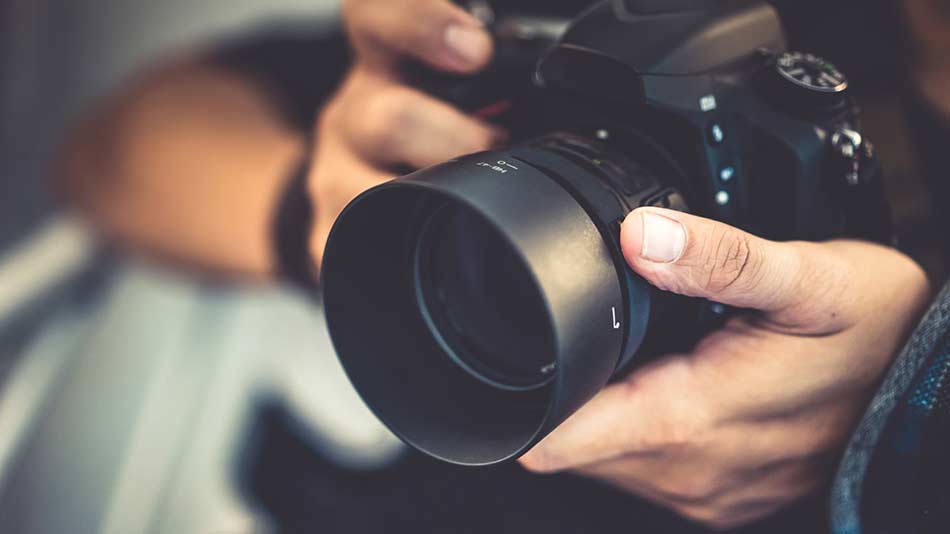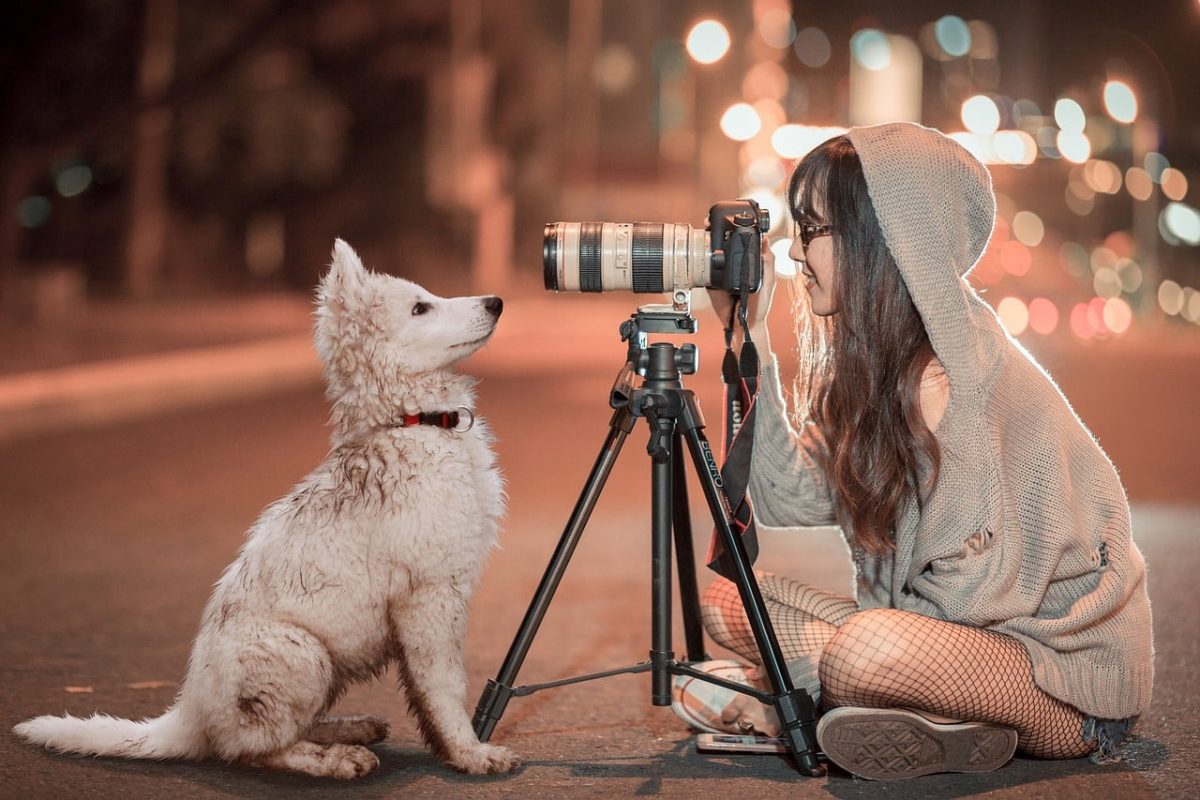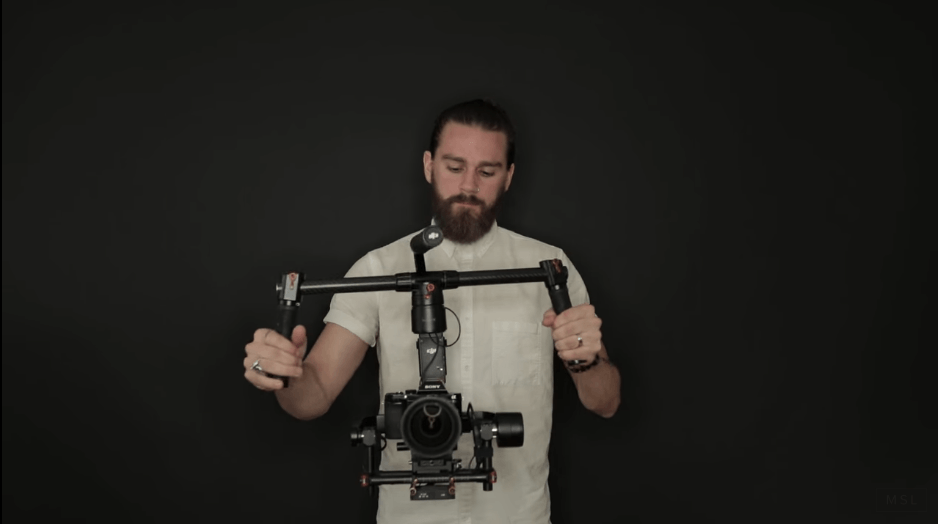If you are a beginner in photography, you may have many questions about the basics of using a camera. Reading this article will help answer some of those questions, and guide you toward a better understanding of your equipment.
If you want to give yourself a strong foundation in photography, start by learning how lenses work. This is one of the major concepts that separate photographers from "snapshooters."
How does a lens work?
A lens works by focusing and bending light. The simplest lens is a magnifying glass: when you place it between an object and the sun, everything that the sun's rays pass through the glass will be focused into one specific point or line.
The lens inside your camera works in a similar fashion. There are two major types of lenses: prime and zoom. A prime lens is one that has a fixed focal length, and cannot be changed (i.e., 70-200mm f/2.8). Zoom lenses have variable focal lengths, and can be used to take pictures at different magnifications without having to switch lenses (i.e., 18-55mm f/3.5-5.).
How does an ordinary camera work?
Ordinary cameras have three main pieces: the lens, the shutter, and the sensor. The lens gathers light from the scene and focuses it onto the sensor. The shutter opens to allow light to hit the sensor for a specific amount of time (the shutter speed), and then closes. The sensor records the image that was created while the shutter was open.
A digital camera is very similar in operation to an ordinary camera- light passes through the lens and is focused on the sensor, which records it. However, in a digital camera, there is an electronic chip instead of a film that captures the image. This chip is what converts the light into digital information that can be processed and stored on your computer.
Aperture and shutter speed

Besides focal length, another important aspect of a lens is its aperture. The aperture is the size of the opening in the lens that allows light to pass through. It is measured in f-stops, with a smaller number representing a larger aperture (i.e., f/1.4).
The aperture also affects the depth of field of your photograph. When you have a large aperture (small number), the depth of field will be shallow and only a small portion of your photograph will be in focus. When you have a small aperture (large number), the depth of field will be deep and most or all of your photographs will be in focus.
Shutter speed is the amount of time that the shutter is open and light is allowed to hit the sensor. It is measured in seconds, or fractions of a second (i.e., 1/60th of a second).
ISO
ISO is the measure of a digital camera's sensitivity to light. The higher the ISO number, the more sensitive the camera is to light. This means that you can use a higher shutter speed or a smaller aperture and still get a good exposure. However, using a high ISO also increases the amount of noise in your photograph.
Composition
One of the most important aspects of photography is composition. Composition is the way that you arrange the elements of your photograph to create a visually appealing image. There are different techniques for composing an image, but the most important thing is to learn what works for you and to experiment.
Exposure - how to learn basics?
A good way to learn the basics of exposure is to experiment with your camera's settings and see how they affect the images that you capture. Try shooting in different lighting conditions and adjusting the aperture, shutter speed, and ISO to get the results that you want. You can also download photo editing software and play around with the levels, curves, and other tools to see how they affect your images. The more you experiment, the better you will understand how to control your camera's settings for the results you want.
Colors balance for beginners
If you are just starting out in photography, you may want to focus on getting the colors in your photos to look balanced. This means that the colors should be evenly distributed throughout the photograph, and there should be no overly bright or dark areas. You can adjust the white balance of your camera to help create a more balanced image, or you can use photo editing software to correct the colors after you have taken the picture.
Image Resolution

If you are just starting out in photography, it may be wise to shoot pictures at their native resolution. The native resolution of your camera is the highest-resolution setting that you can use without experiencing any downgrades in quality. This option is usually available on most digital cameras, and it will produce better results than using a lower setting (i.e., 3072x2304 instead of 2048x1536).
Shooting and lighting
Light in photography is one of the most important aspects of any image. It can enhance or ruin even the most advanced camera settings. There are three main types of lighting that you should be aware of: natural light, artificial overhead light, and strobe lighting.
Natural Light
Natural light is more difficult to control than other types of lighting because it changes depending on the time of day and weather conditions. To get the best results with natural light, plan your shoot around sunrise or sunset when the quality of daylight is at its highest point.
If this isn't possible, try shooting in overcast weather since clouds act as a natural diffuser for sunlight. A third option for using natural light is to attach an external flash unit to your camera's hot shoe mount (i.e., Nikon SB-800, Canon 580EX II).
Artificial Overhead Light
Overhead light, also known as "bounce" lighting is a more advanced technique that requires using a flash and directing it toward the ceiling or an adjacent white wall. This will cause your subject to be backlit (like you see in most professional portraits) and the light from the flash will be bounced off of the ceiling, creating a soft white light around your image.
Strobe Lighting
Strobe lighting is often used by professionals due to its superior quality over natural and artificial lighting techniques. Using strobe (or studio) lighting allows you to create perfectly lit images with even levels of exposure and color balance. To use this type of lighting, you will need to purchase a strobe light unit and an external flash trigger.
Depth of Field - what is it?
Depth of field is the amount of space in front of and behind your subject that appears in focus. A shallow depth of field will have a small range of focus (usually the area directly in front of and behind your subject), while a large depth of field will have a wider range of focus (everything within the photograph will be in focus). You can control the depth of field by adjusting the aperture setting on your camera.
Camera Modes
Your camera will have a variety of different shooting modes that you can use to create different types of photographs. The most basic mode is the "automatic" mode, which will allow your camera to make all the exposure and color balance adjustments for you. If you want more control over your photos, you can switch to one of the other modes, such as aperture priority (A), shutter priority (S), or manual (M). These modes will allow you to adjust the aperture, shutter speed, and white balance settings to get the results you want.
RAW vs JPEG
When you take a picture with your digital camera, it is saved in one of two formats: RAW or JPEG. The RAW format saves all of the image data from the sensor, while the JPEG format compresses the data and eliminates some of the information in order to reduce file size.
Which format you choose to save your images in is up to you. The RAW format will give you more flexibility when it comes to post-processing, but the JPEG format is often more forgiving if you make any mistakes while shooting.
White Balance

The white balance setting on your camera allows you to adjust the color temperature of your images. This is important because different types of light can produce different colors in your photographs. For example, incandescent light bulbs produce an orange/yellow tint, while fluorescent light bulbs produce a green tint. You adjust the white balance setting on your camera to compensate for these different colors.
How to choose a good camera?
There is no one-size-fits-all answer to this question, as the best camera for you will depend on your personal preferences and shooting style. However, here are some things to keep in mind when choosing a camera:
- What type of photography do you want to do? If you want to shoot portraits, landscapes, or wildlife, you will need a different type of camera than if you want to shoot sports or action shots.
- How important is image quality to you? If you want the best possible image quality, you will need to purchase a DSLR (digital single-lens reflex) camera. These cameras offer more manual controls and better image quality than point-and-shoot cameras.
- How much can you spend? The best camera isn't necessarily the one that has all of the features you want, so if you are on a limited budget, there are some cameras out there that will get the job done at an affordable price.
- What kind of lenses do you need? If you have a DSLR camera, it is important to consider which lenses are right for you. Some digital SLRs use different types of lens mounts, each with its own pros and cons (e.g., Nikon uses the DX mount while Canon uses EF). You can purchase adapters to let you use your old manual focus lenses on newer digital SLRs, but keep in mind that this may affect image quality due to lower light transmission or differences in the angle of view.
- Do you want to be able to shoot in low light? If so, look for a camera with a larger sensor (and preferably an APS-C sized sensor) and good high ISO performance. You should also have "fast" lenses that are capable of wide aperture settings, such as ƒ/2.8 or ƒ/1.8.
- Are video capabilities important to you? Some DSLRs offer full HD video recording capability, while others are limited to capturing video in standard definition (pro cameras often shoot higher quality footage than prosumer and consumer models). Be aware that shooting high-resolution still photos and videos will shorten your battery life and fill up your memory card more quickly.
- How will you transfer images to your computer? If you want to be able to connect your camera directly to your computer with a USB cable, make sure that it has the necessary type of port (a "Hi-Speed USB" port with a Type A connector). You can also purchase Wifi cards for some cameras that will allow them to communicate with computers wirelessly; however, this functionality is generally slower than using a USB connection and may cost extra money.
- Do any accessories appeal to you? If you would like the option of shooting in low light or capturing HD video footage, look for a camera that comes with an accessory flash unit or external mic jack.
Bottom line
Learning the basics of photography can seem daunting, but by understanding the basics of how your camera works, you can start taking better pictures right away. These are just a few of the concepts that you will need to know in order to take control of your camera. For more information, be sure to check out our other articles on photography. And remember, practice makes perfect!